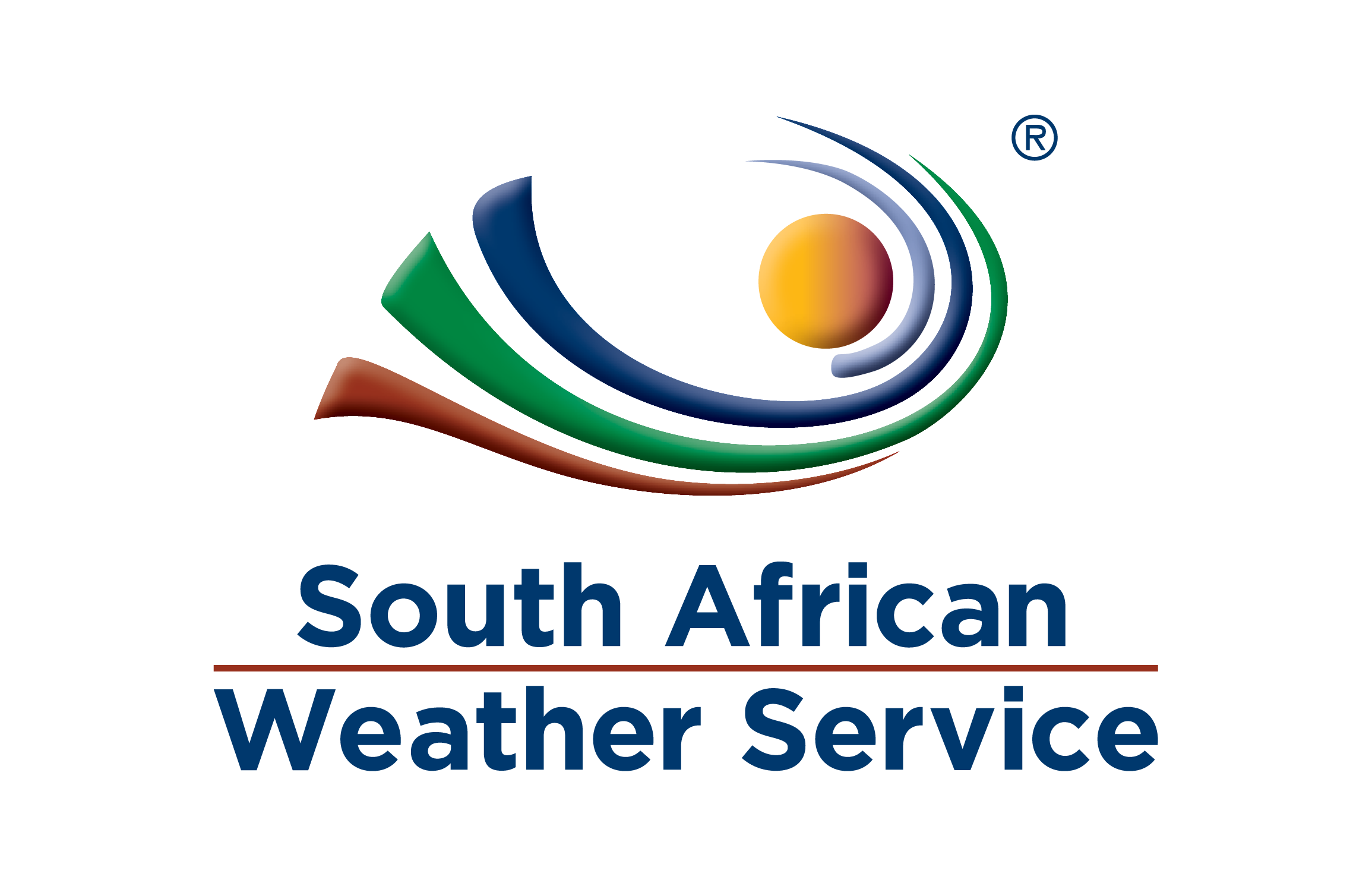

The South African Weather Service (SAWS) is a Section 3(a) public entity under the Ministry of Environmental Affairs and is governed by a Board. The organisation became a public entity on 15 July 2001 in terms of the South African Weather Service Act (No. 8 of 2001), as amended in 2013. It is an authoritative voice for weather and climate forecasting in South Africa and as a member of the World Meteorological Organization (WMO) it complies with international meteorological standards. As an Aviation Meteorological Authority, SAWS is designated by the State to provide weather services to the aviation industry, marine and a range of other identified clients and to fulfil a range of international obligations of the government. It provides two distinct services, namely public good services that are funded by government, and paid-for commercial services.
A national UVB Biometer network in Cape Town, Cape Point, Port Elizabeth, De Aar, King Shaka Airport and Pretoria